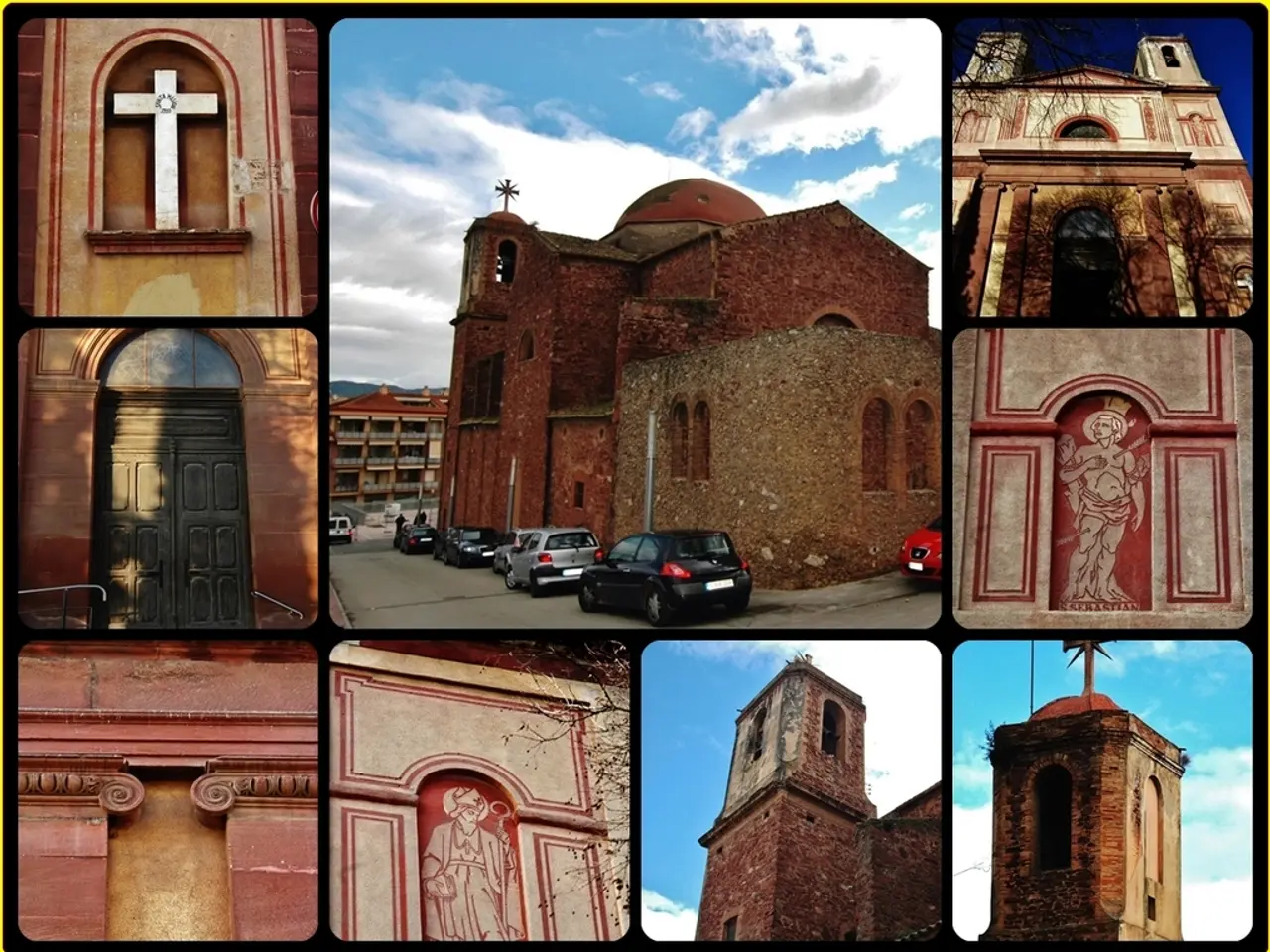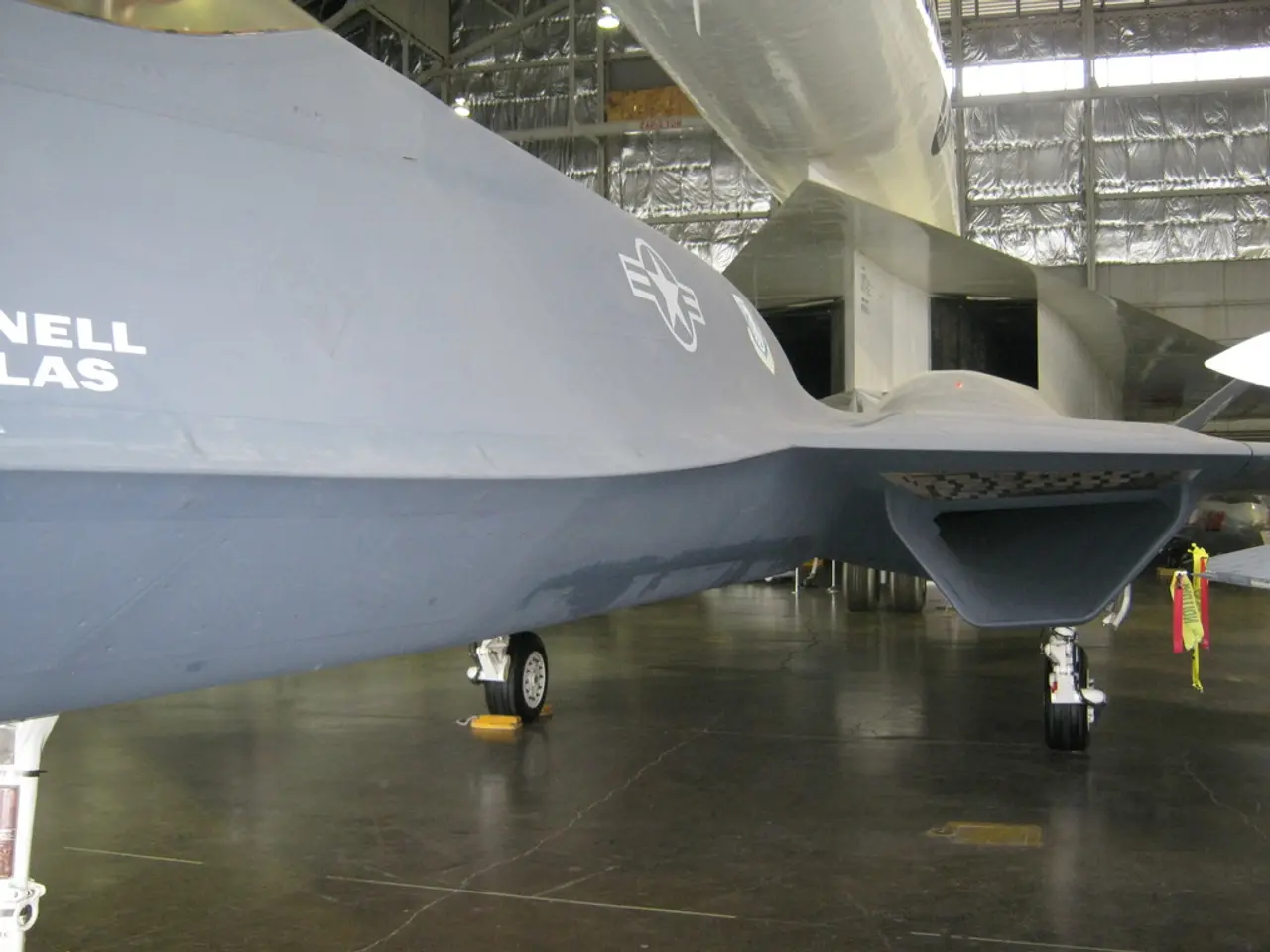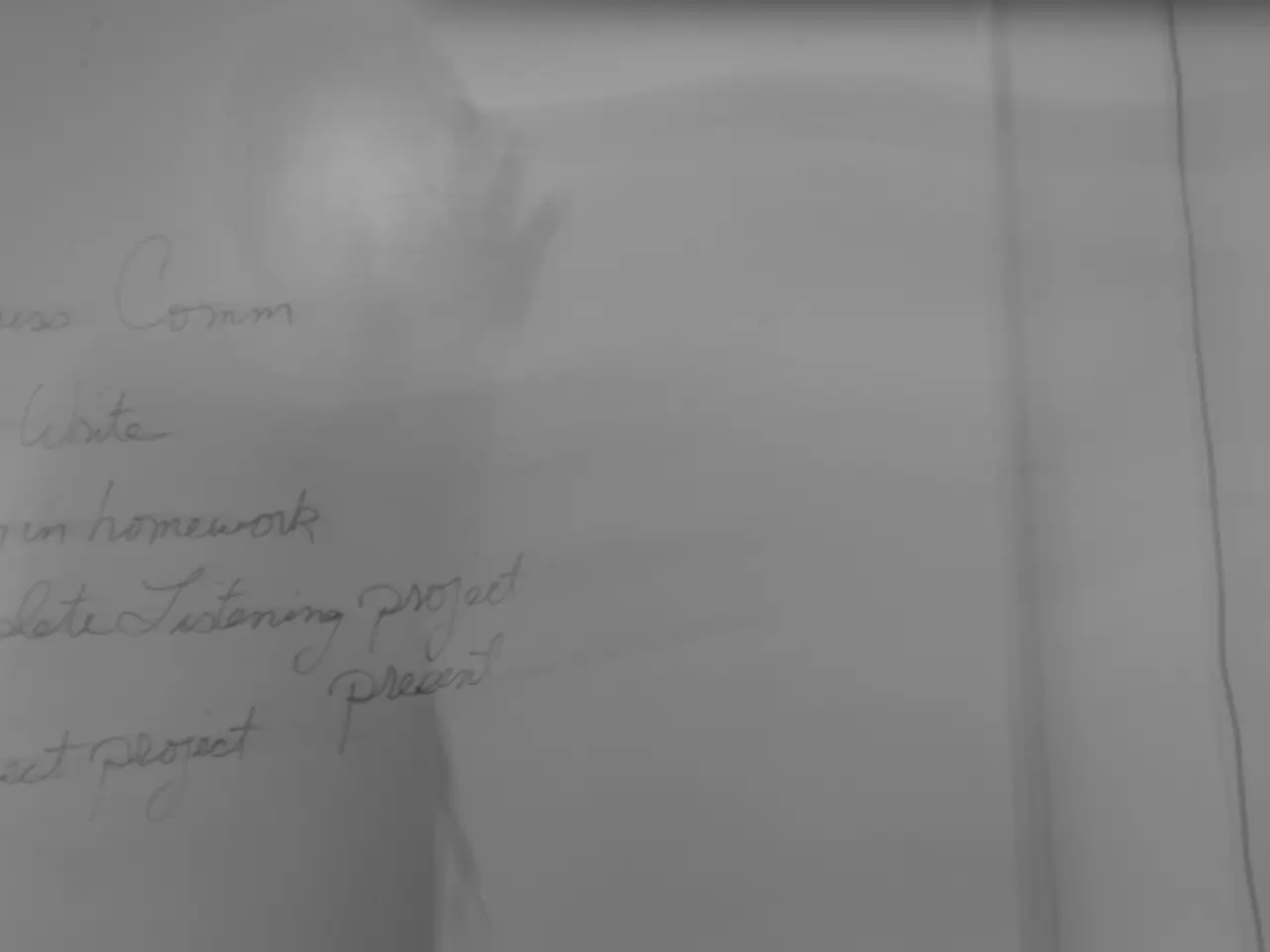Vatican Discusses: Should the Conclave Process be Maintained?
After the passing of Pope Francis on April 21, 2025, a successor is set to be elected by 135 cardinals within the stipulated 15 to 20 days following his demise. The conclave for this momentous occasion may begin earlier than anticipated, as reported from the Vatican, if all papal electors reach Rome by May 6.
Usually held between 4 to 20 days post the funeral, the exact dates of the upcoming conclave are yet to be decided by the College of Cardinals. The potential dates for the election of the new pontiff lie between April 30 and May 10, although this timeline may have been surpassed with the recent announcement of Pope Leo XIV as Francis' successor.
Among the 135 cardinals eligible to vote, 23 hail from Latin America, with Brazil having the highest representation with seven cardinals. These cardinals, appointed by both Francis and his predecessor, Benedict XVI, may hold significant influence in the election process.
Six South American cardinals participate in the conclave, four of whom were appointed by Francis: Víctor Manuel Fernández, Ángel Sixto Rossi, Vicente Bokalic Iglic, and Mario Aurelio Poli. The other six South American participants come from Uruguay, Paraguay, Peru, Colombia, and Ecuador. Mexico contributes two cardinals, both appointed by Francis and Benedict XVI, while Central American and Caribbean regions are represented by four cardinals, all chosen by Francis.
The papal electors hail from 65 countries and five continents, painting a picture of a more globally representative Church that deviates from its historical Eurocentric and Western orientation. During his tenure, Pope Francis appointed 163 cardinals, 133 of whom were eligible to partake in the voting process at the time of their appointment. The number of electors surpasses the maximum limit of 120 set by Pope Paul VI in 1975, suggesting that Francis did not abide by the established ceiling and instead appointed additional cardinals. A total of 23 cardinals were appointed by Benedict XVI, with five by Pope John Paul II.
- While the upcoming conclave's specific dates remain undecided, politics and general news outlets have recently reported the election of Pope Leo XIV, which might alter the voting timeline.
- The business of the election involves not only the future of the Catholic Church but also the question of leadership within global finance, as the Vatican is a prominent and influential player in financial affairs.
- With 23 cardinals from Latin America, including 6 from South America, and representation from 65 countries and five continents, the College of Cardinals reflects a shift towards a more diversified leadership in the Church as compared to its historical Western orientation, which carries significant implications for future relations between the Church and various global business entities, as well as the broader world of politics.




